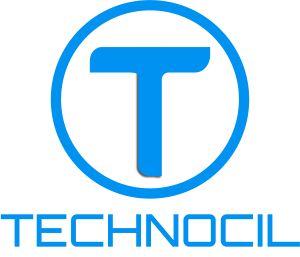AR & VR Simulation
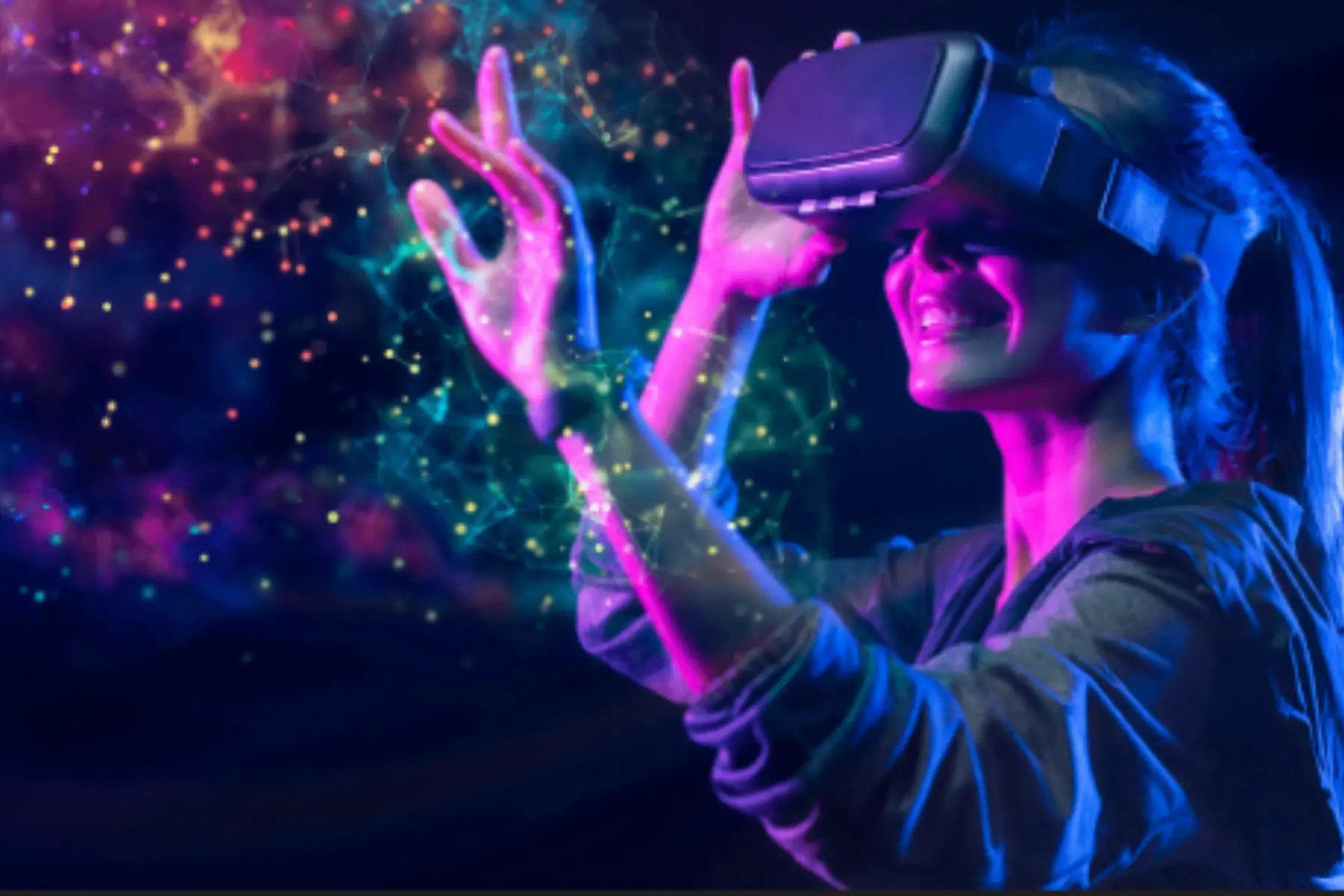
AR-VR
Virtual reality (VR) uses a simulator to immerse users in a real-time 3D virtual environment. It allows Engineers and Operators to interact with equipment’s as if they were there. The central aspect of AR/VR technology is that it combines the digitally created data onto the physical environment, making it the perfect medium to train employees, and much more with hands-on experience. The technologies facilitate not only the training aspect but also the daily operations of oil & gas and allied industries that can significantly impact the growth of the organization. AR is supplementing or replacing traditional manuals and training methods at an ever-faster pace.
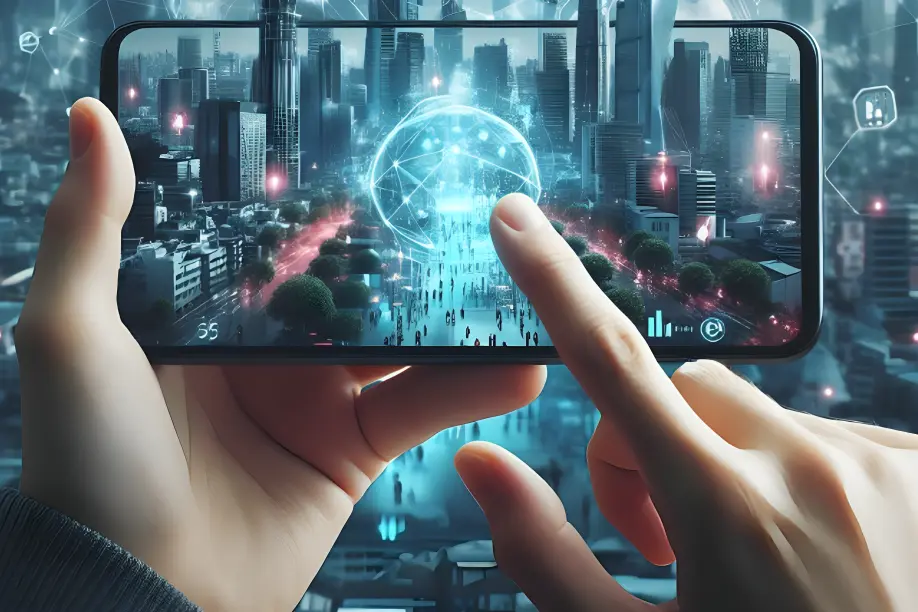
Enhancing Operation/ Maintenance Decision Making
The ability to absorb and process information is limited by our mental capacity. The demand on this capacity is referred to as “cognitive load.” Each mental task we undertake reduces the capacity available for other, simultaneous tasks. Cognitive load depends on the mental effort required to process a given type of information.
The combination of the speed at which information is transmitted and absorbed and the cognitive distance involved in applying it lies at the root of the much-repeated phrase “A picture is worth a thousand words. ” When we look at the physical world, we absorb a huge amount and variety of information almost instantaneously. By the same token, an image or picture that superimposes information on the physical world, placing it in context for us, reduces cognitive distance and minimizes cognitive load. This explains why AR is so powerful.
Engage with your surroundings, manipulate objects, and interact with virtual elements in real time.
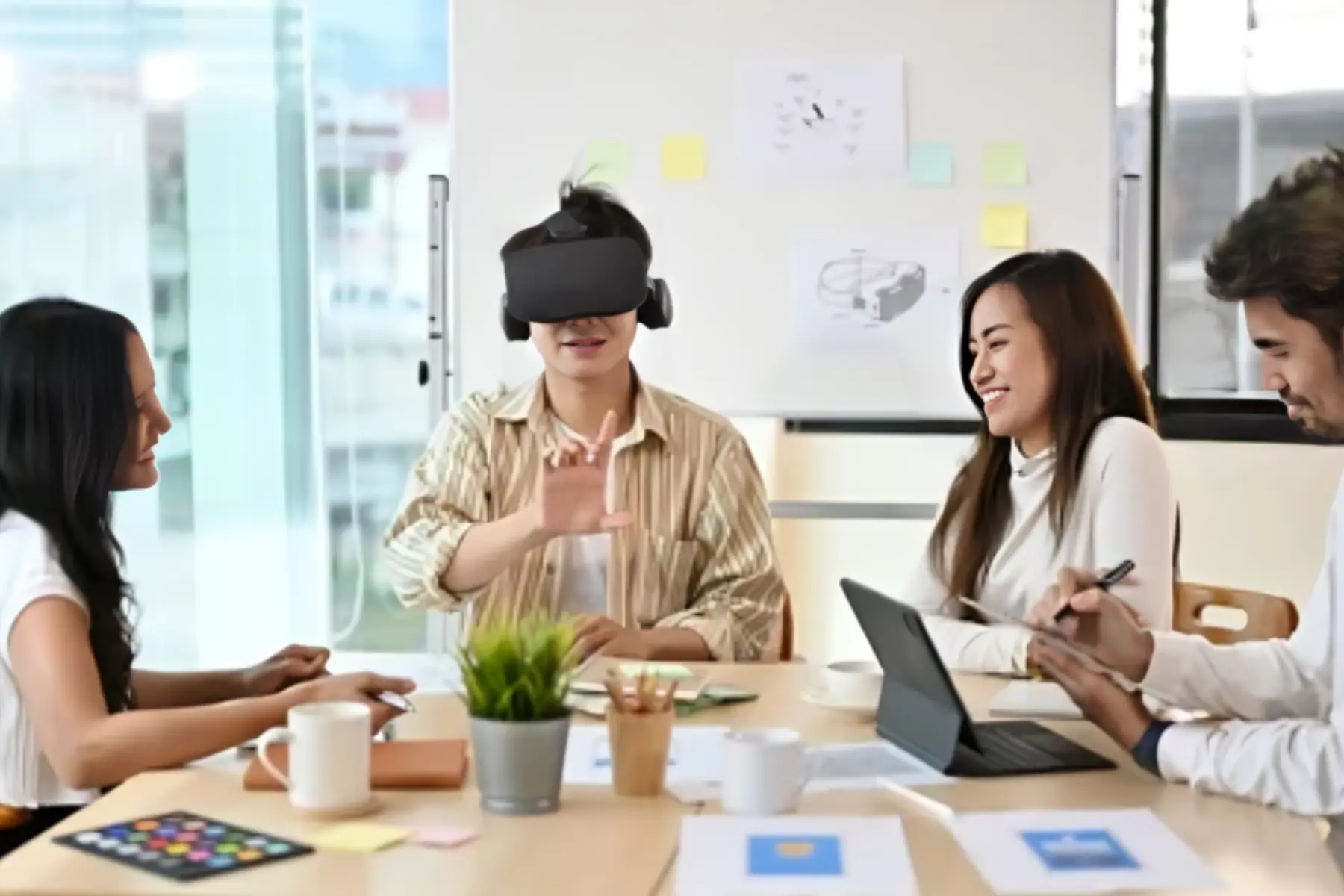
AR and Virtual Reality
AR’s well-known cousin, virtual reality, is a complementary but distinct technology. While AR superimposes digital information on the physical world, VR replaces physical reality with a computer-generated environment. VR is used to replicate physical settings for training purposes. It is especially useful when the settings involved are hazardous or remote. Or, if the machinery required for training is not available, VR can immerse technicians in a virtual environment using holograms of the equipment.
We look forward to hearing from you and exploring the exciting possibilities of AR & VR together!

Virtual Reality for Operation training in Oil and Gas Industry
Virtual reality training can improve the efficiency of the oil and gas operation staffs by allowing companies to simulate VR based training. The training allow operating staffs to experience and react to those critical situations that matter most which prevent costly consequences. Dangerous emergencies such as oil spills or gas leaks may be recreated in the virtual reality environment, thereby educating operating staffs on how to properly respond to such events if they do occur. Not only can emergency responses be iterated, but staffs can be taught advanced technical skills and become familiar with equipment before heading out into the field for operation. Within a virtual reality experience, trainees can execute necessary tasks while being observed and or qualified by a senior training manager back at corporate office.
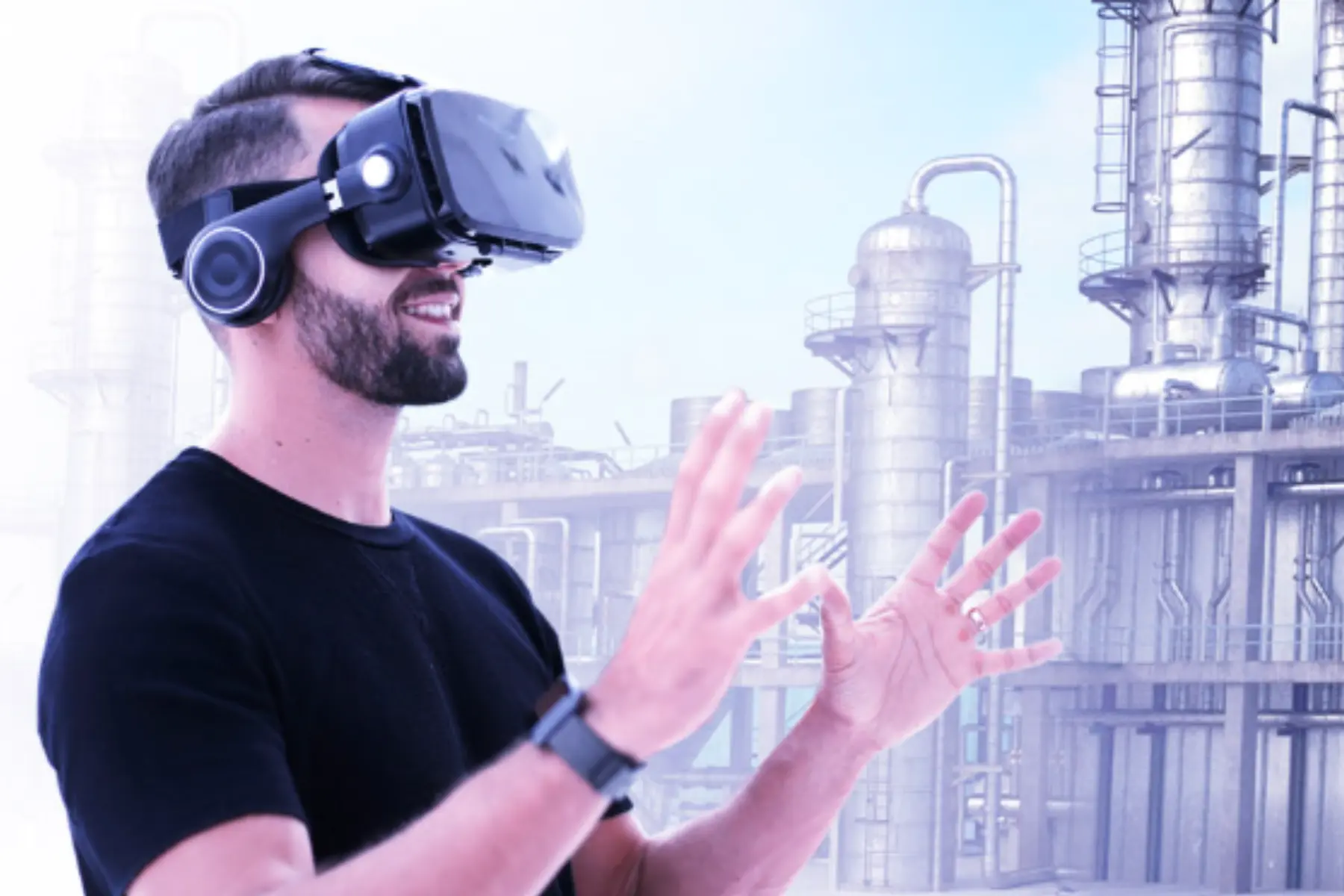
Virtual Reality for Equipment Maintenance in Oil and Gas Industry
Virtual Reality (VR) training systems enable technicians to connect with PC simulated hardware and surroundings. Technicians can be trained off-site utilizing VR without upsetting ordinary work schedules or exposing them to the dangers of playing out an untried or new undertaking. VR guides technicians when they go wrong and indicating them with right sequences of operations.
